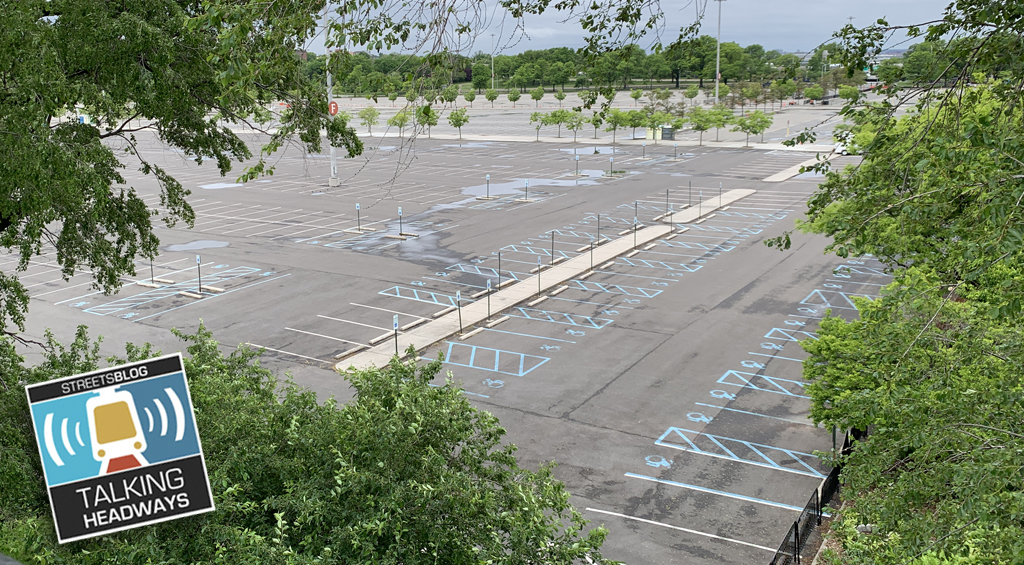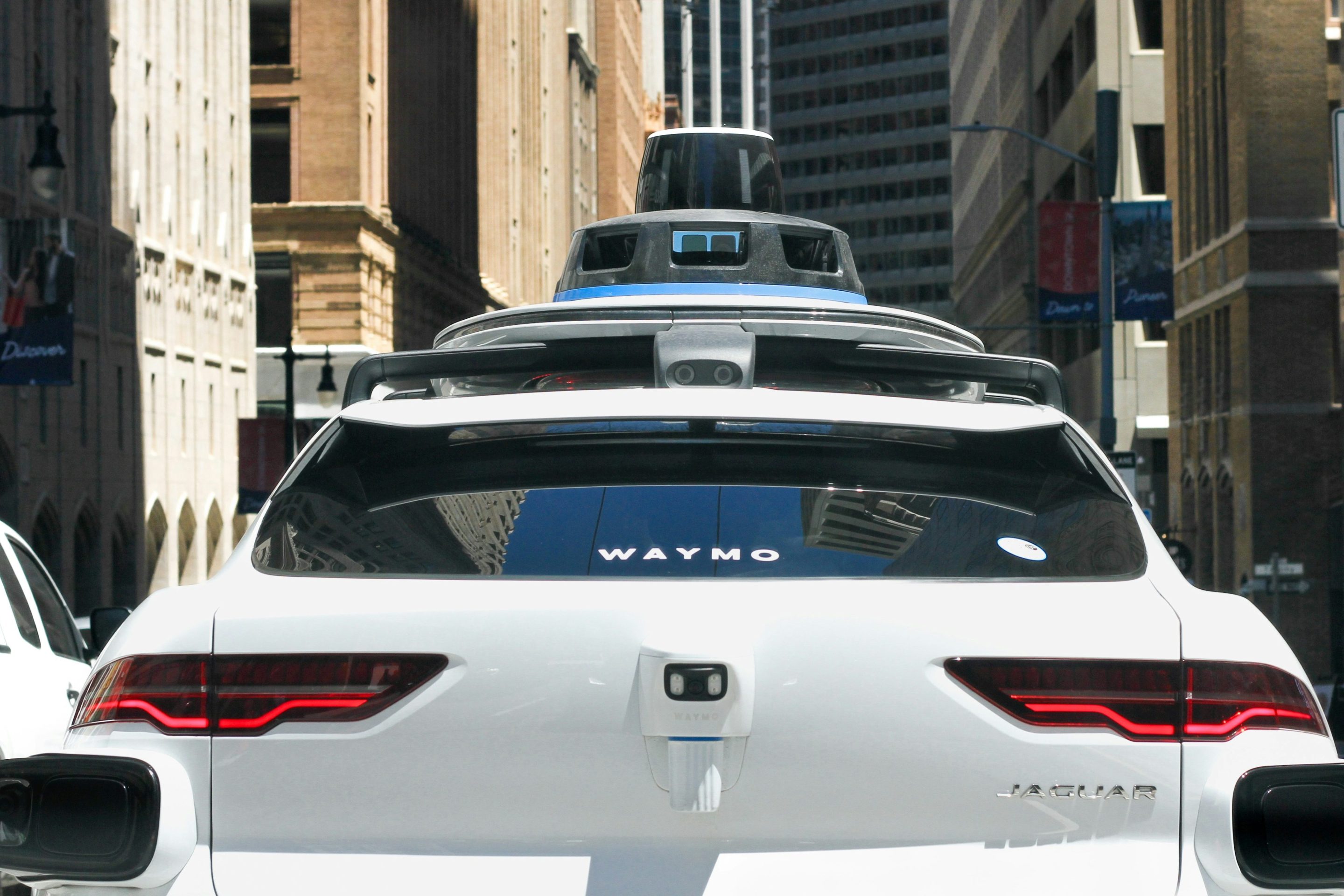In cities considering a light rail project, it's common for transit opponents to suddenly cast themselves as big believers in bus rapid transit. They don't really want to build BRT, they just want to derail the transit expansion. The light rail advocates then have to make their case not only on the merits of the project, but also in relation to the strawman BRT project.

That's the position supporters of Seattle's big transit expansion ballot measure, ST3, find themselves in right now. Taking on the faux pro-BRT crowd in a recent post, Anton Babadjanov at Seattle Transit Blog argues that building a BRT equivalent of the proposed light rail lines wouldn't be that simple or cheap:
How do we get this? We can’t simply reallocate a general purpose lane for this. This is a political non-starter. While it is relatively cheap to implement, no car commuter wants to lengthen their commute so that “somebody else” can have a better transit or carpool trip. People have never supported this en masse.
The only option we have is to build the new right-of-way -- either widen the freeway or build the lanes in a separate structure using viaducts and tunnels as appropriate.
Babadjanov concludes that building BRT with new rights-of-way could save 20 percent compared to light rail, but its capacity would be lower. It's a reasonable argument for the specific situation Seattle transit advocates are in right now. But I've seen the post's headline -- "BRT Is Not Cheaper Than Light Rail" -- shared online as though it applies in every situation, which is just not true.
In many cases, BRT can be built by claiming existing street space, repurposing mixed traffic lanes as exclusive bus lanes. The result is a very cost effective service improvement and capacity expansion. Busways also make sense when you have a single corridor where many different routes converge, where they can all take advantage of an exclusive right-of-way.
There are circumstances where light rail is optimal and circumstances where BRT is the better choice. When defending one mode, you don't have to paint the other with too broad a brush.
Elsewhere on the Network today: Bike Portland reports the city is preparing to make some safety improvements where a driver killed a 15-year-old girl who was crossing the street -- an event that outraged and galvanized locals to fight for safer streets. And Greater Greater Washington considers what federal transportation policy would look like under Hillary Clinton or Donald Trump.





